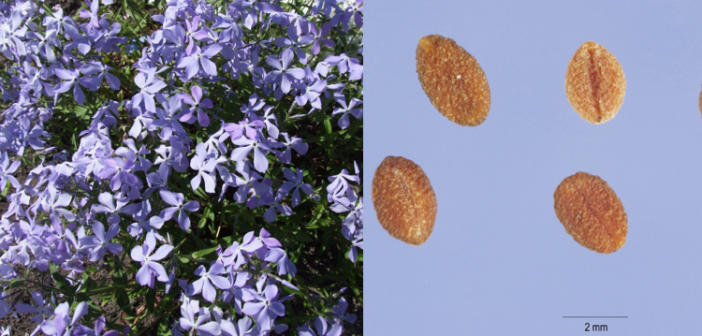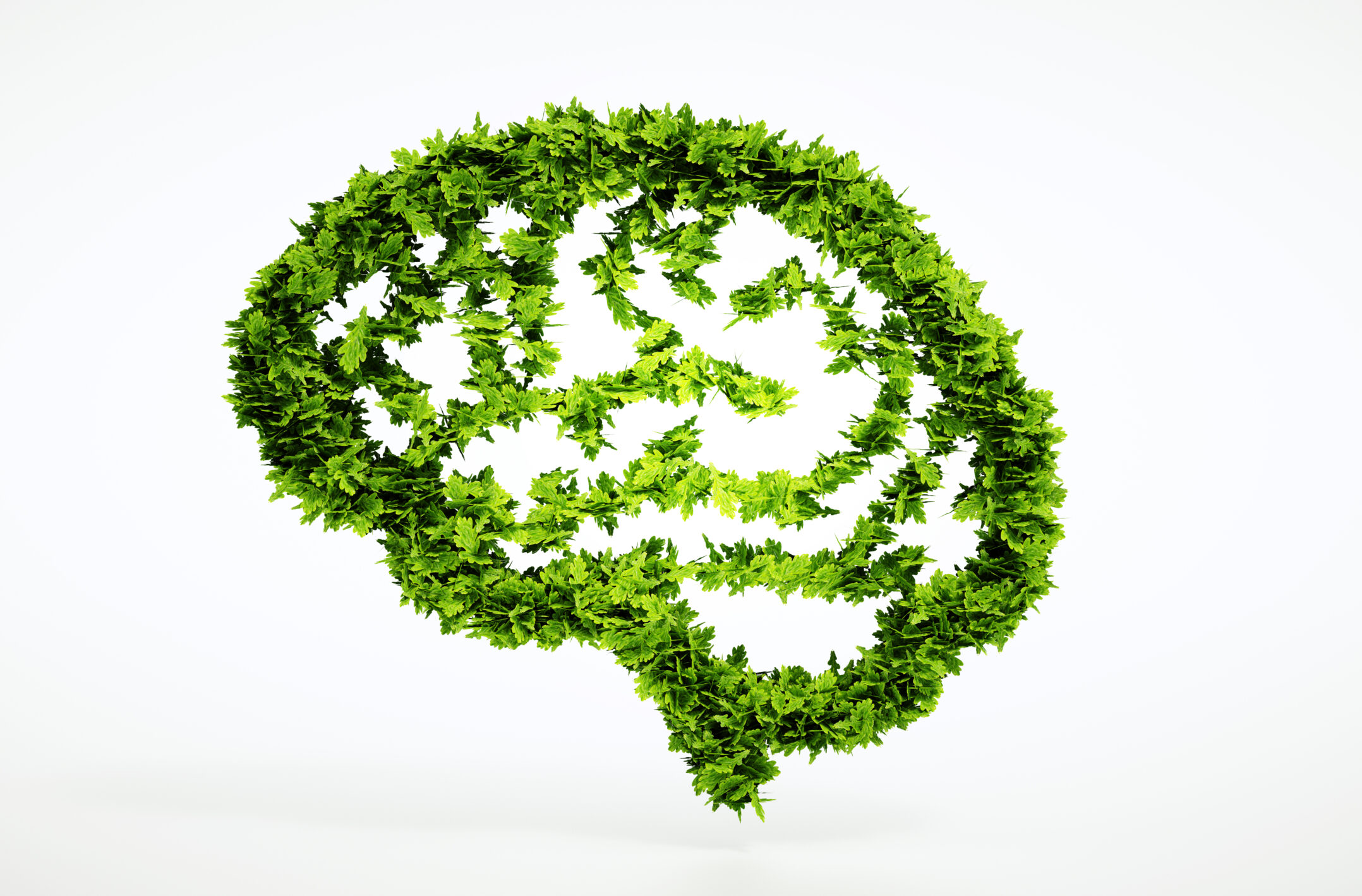Some people go all in on planting with native plants, even growing them from seeds they collected from plants growing in the wild.
Some native plant groups believe, however, that seeds should not be collected if they can be found through retail sources or by obtaining them from conscientious individual growers. That’s because undisturbed native habitat is now all but gone due to human development. So collecting seeds from what remains in the wild seems, well, wildly destructive. The North American Native Plant Society and others, however, believe it’s acceptable to do it so long as it’s done ethically.
- First, obtain permission from private landowners. Sometimes permits are required for public property, too. However, if the plant is in a roadside ditch, permission is probably not needed.
- Never take an entire plant except to rescue it from imminent destruction by developers.
- Take care not to trample nearby seedlings and plants while collecting.
- Don’t collect more than 10 percent of the seeds from any one plant (it must be able to reseed itself generously.)
- Collect seeds only from abundant plants. Don’t collect seeds from endangered and threatened species. You can familiarize yourself with them from your state’s Endangered and Threatened Species list.
- If you pick wildflowers, dried seed stalks, or evergreens for decoration, take only from abundant species. Never take more than 10 percent from any one plant.
- Don’t pick flowers that need their leaves and stems for storing energy for the following year’s growth, such as lilies.
- Don’t take cuttings from slow-growing plants.






